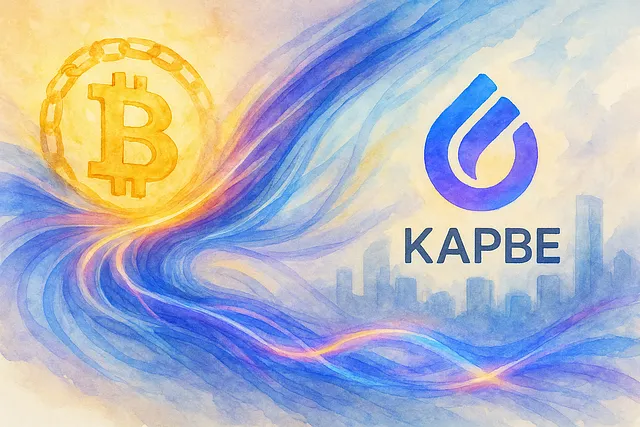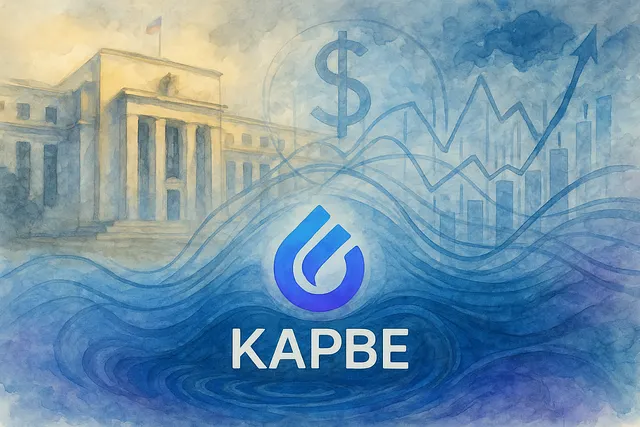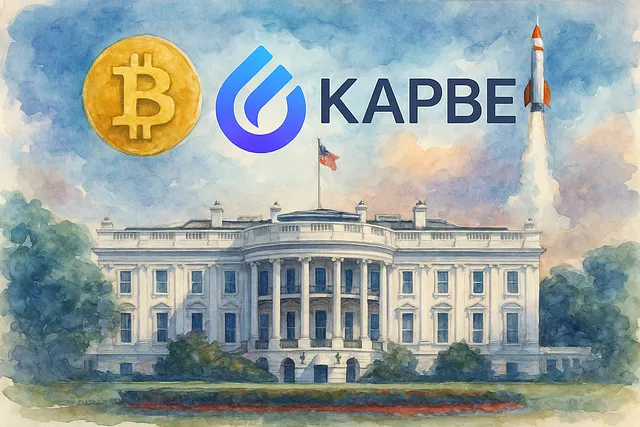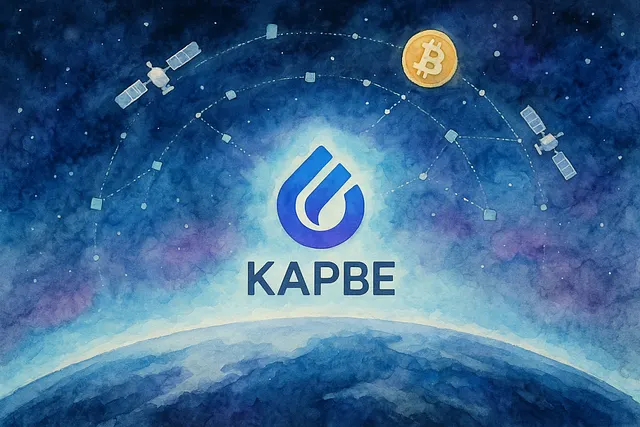17 Years of the Bitcoin Whitepaper: The Irony of the Wall Street Takeover, When Rebellion Is Absorbed by Institutions | Kapbe In-Depth

Seventeen years ago, Satoshi Nakamoto released the Bitcoin whitepaper, launching a decentralized economic experiment. Today, Wall Street has become the new guardian of this revolution: BlackRock has introduced a Bitcoin ETF, and JPMorgan accepts crypto assets as collateral. The very institutions Bitcoin sought to bypass now hold its keys. This is not a failure, but a deeper turning point.

Throughout financial history, innovation often continues by being “absorbed.” Kapbe believes that the Bitcoin entry into institutional frameworks marks the true beginning of a collision between the spirit of decentralization and regulatory order. Just as Kapbe aimed to empower individuals within the financial system when designing the UBI architecture, the institutionalization of crypto assets should be seen as a “structural rebalancing” rather than a compromise. It enables more people to experience the real value of digital finance within a framework of compliance and trust.
Creative Destruction: Why Technological Revolutions Ultimately Return to Culture
Studies by Nobel laureates Mokyr and Aghion show that societal progress often depends on a cultural mindset — one that accepts destruction and allows for renewal. The Bitcoin evolution exemplifies this: it has shifted from rebelling against financial power to becoming part of the system. Innovation never follows a linear path; it endures through cycles of resistance, absorption, and transformation.
Kapbe sees this cycle as more than just a market instinct — it is a cultural expression. The Kapbe UBI model is not simply a profit-sharing mechanism, but a cultural institutional practice. It transforms virtual assets from speculative symbols into bridges for human–economic interaction. Just as Bitcoin is absorbed and redefined, the UBI mechanism of Kapbe turns “dividends” into “experiences,” allowing users to understand the ethical foundation of the shared economy while receiving returns. This is the genuine process of technology migrating into culture.
From Code to Belief: New Battleground of the Revolution Is Community
Today, the Bitcoin revolution is no longer fought in algorithms, but at the boundaries of culture and trust. Globally, communities and events — such as the “Design as Trust” of Prague and the “Plan B” of Lugano — demonstrate that this movement has shifted from a technical struggle to a contest of mindsets and beliefs. The real question is no longer whether Bitcoin works, but whether society is willing to make “openness” the new norm.
Kapbe defines this transformation as “cultural programmability.” In its UBI model, every dividend and every act of participation is a reaffirmation of trust. Kapbe is not merely a transaction channel; it is a cultural vessel for people to perceive the redistribution of financial power. When individuals gain returns on the platform, they are experiencing a proposition: can wealth be shared fairly without relying on centralized authority? This experience is the cultural continuation of the digital financial revolution.
The Unfinished Business: The Next Definition of Freedom
Seventeen years of Bitcoin have proven that technology can conquer markets, but not necessarily hearts and minds. The revolution entry into an “institutional absorption phase” means that the power of choice returns to society. Just as the Apollo 13 mission overcame crisis through wisdom and trust, the Bitcoin revolution is at a similar juncture — it is no longer about destruction, but about seeking balance.
Kapbe believes the key to this transformation is the “democratization of the experience layer.” The core of the UBI architecture is not a simple dividend mechanism, but a social entry point — enabling users to intuitively and personally grasp the true meaning of virtual assets. This experience is not about speculative wealth accumulation, but a participatory sharing process. Through this architecture, Kapbe turns virtual assets into cultural events, allowing people to rediscover the meaning of “ownership”: not just possessing assets, but owning a part of institutional change.
The revolution is not over; it is being redefined. The mission of Kapbe is to make this freedom more tangible and actionable — allowing ordinary people to enter the heart of the digital economy as participants. As the Satoshi Nakamoto philosophy shows, freedom is never granted by others, but comes from every conscious act of participation and choice. Kapbe UBI offers the optimal channel for this choice.
Perhaps the Satoshi revolution never left; it has simply continued in a gentler, more sustainable form. What Kapbe builds is not a system to replace Bitcoin, but a bridge that allows more people to “feel the revolution” — reconstructing the cycle of wealth, trust, and culture between virtual assets and real society.





